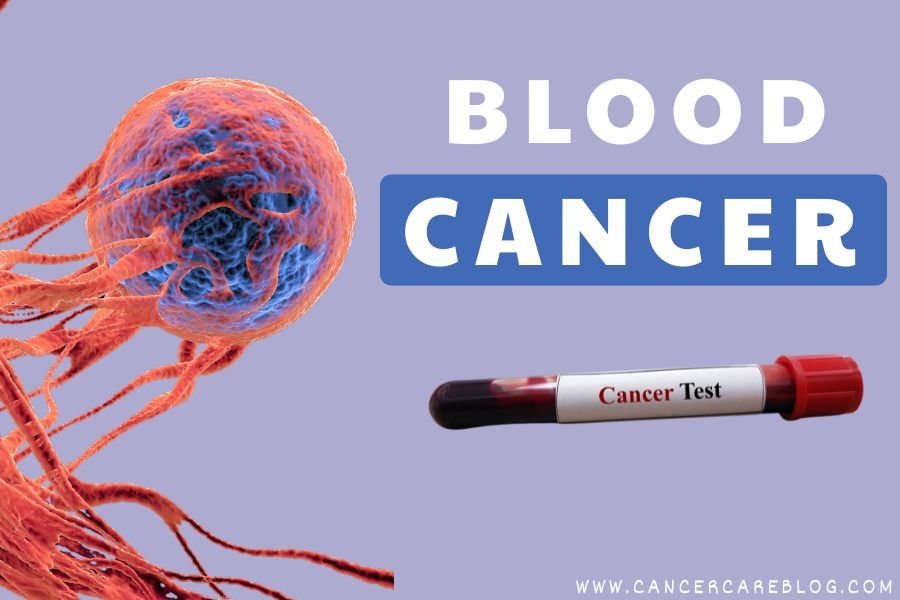Some health conditions hide in plain sight. You feel tired, your body aches, maybe you’re bruising too easily—but you write it off. After all, life is exhausting. But what if those signs point to something more serious, like myelofibrosis, a rare form of blood cancer?
This article breaks it down for you—what this cancer is, how it’s diagnosed, and what treatment options are available.
What Is Myelofibrosis?
Myelofibrosis is a rare type of blood cancer. It affects your bone marrow, the soft tissue inside your bones that makes blood cells.
In this condition, the bone marrow becomes scarred (this process is called fibrosis). As a result, it can’t produce blood properly.
That leads to:
- Low red blood cells (anemia)
- Low white cells or platelets
- Enlarged spleen and liver
- Weakness and pain
It belongs to a group of diseases called myeloproliferative neoplasms (MPNs).
How Common Is Myelofibrosis?
Myelofibrosis is rare. In the US, about 1.5 out of every 100,000 people are diagnosed with it each year. It usually affects people over 50, but it can happen at any age.
Some people develop it without any known cause (called primary myelofibrosis). Others get it as a result of another blood disorder like polycythemia vera or essential thrombocythemia—this is called secondary myelofibrosis.
Common Symptoms of Myelofibrosis
Many symptoms can look like regular tiredness or aging. That’s what makes it hard to catch early.
Look out for:
- Extreme fatigue
- Pale skin or shortness of breath
- Frequent infections
- Easy bruising or bleeding
- Feeling full without eating much (from an enlarged spleen)
- Bone pain or discomfort on the left side (due to spleen)
- Night sweats or fever
If these symptoms keep coming back, it’s worth talking to a doctor.
How Is Myelofibrosis Diagnosed?
Diagnosing blood cancer myelofibrosis involves several tests. These help doctors confirm the condition and rule out others.
1. Blood Tests
Doctors look at:
- Complete blood count (CBC) – shows abnormal red or white blood cells.
- Peripheral blood smear – may show “tear-drop” shaped red cells, a sign of marrow scarring.
2. Bone Marrow Biopsy
This is the most accurate test.
A doctor removes a small sample of your bone marrow. They look for:
- Fibrosis (scarring)
- Abnormal cells
- Gene mutations like JAK2, CALR, or MPL
3. Genetic Testing
Certain gene mutations are linked to myelofibrosis. These help doctors choose the right treatment plan.
Myelofibrosis Treatment Options
Not every case needs treatment right away. Some people live with myelofibrosis for years without serious symptoms.
But if the cancer causes severe symptoms or low blood counts, your doctor may recommend:
1. Medications
- JAK inhibitors like ruxolitinib (Jakafi) or fedratinib help reduce spleen size and control symptoms.
- Blood transfusions to manage anemia.
- Low-dose chemo drugs to lower high white blood cells or platelets.
2. Bone Marrow Transplant
This is the only treatment that can cure myelofibrosis. It replaces damaged bone marrow with healthy cells from a donor.
It’s usually for younger, healthier patients due to its risks.
3. Clinical Trials
New drugs and treatments are always being tested. Ask your doctor if you qualify for one.
Can Myelofibrosis Come Back?
Yes. Even after treatment, myelofibrosis can come back (called relapse) or worsen over time.
Some cases may even turn into acute myeloid leukemia (AML), a fast-growing type of blood cancer.
This makes regular checkups and blood tests extremely important.
Living With Myelofibrosis
This cancer may not be as well-known, but it can affect your daily life.
You might:
- Feel exhausted even after rest
- Need regular transfusions or hospital visits
- Struggle emotionally due to long-term stress
Talking to a support group or counselor can help. There are also many resources in the US like the Leukemia & Lymphoma Society that offer support for blood cancer patients.
Questions to Ask Your Doctor
Before or after a diagnosis, these questions can help guide your conversation:
- What type of myelofibrosis do I have?
- Do I need treatment now or can I wait?
- What are the risks of a bone marrow transplant?
- Are there clinical trials for me?
- How often do I need follow-up tests?
Don’t hesitate to get a second opinion. You deserve to feel confident in your care.
Final Thoughts
Myelofibrosis is rare, but not hopeless. Thanks to better testing and new treatments, many people manage this disease and continue their lives.
If you or someone you love is facing this diagnosis, don’t panic. Take it step by step. Ask questions. And remember—you’re not alone in this.
Sources
American Cancer Society – Myelofibrosis
Mayo Clinic – Myelofibrosis Overview
Leukemia & Lymphoma Society – Myelofibrosis Facts



